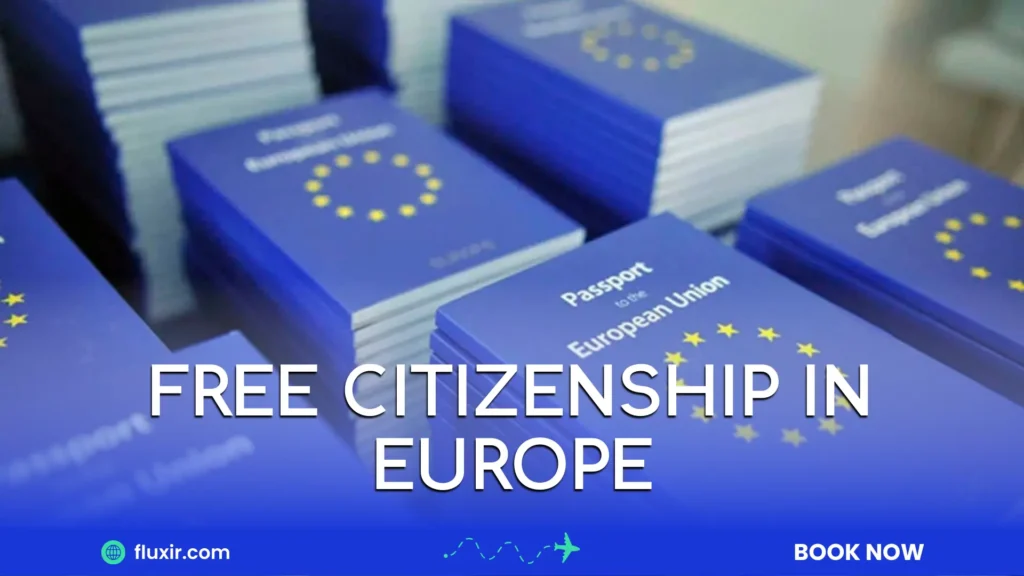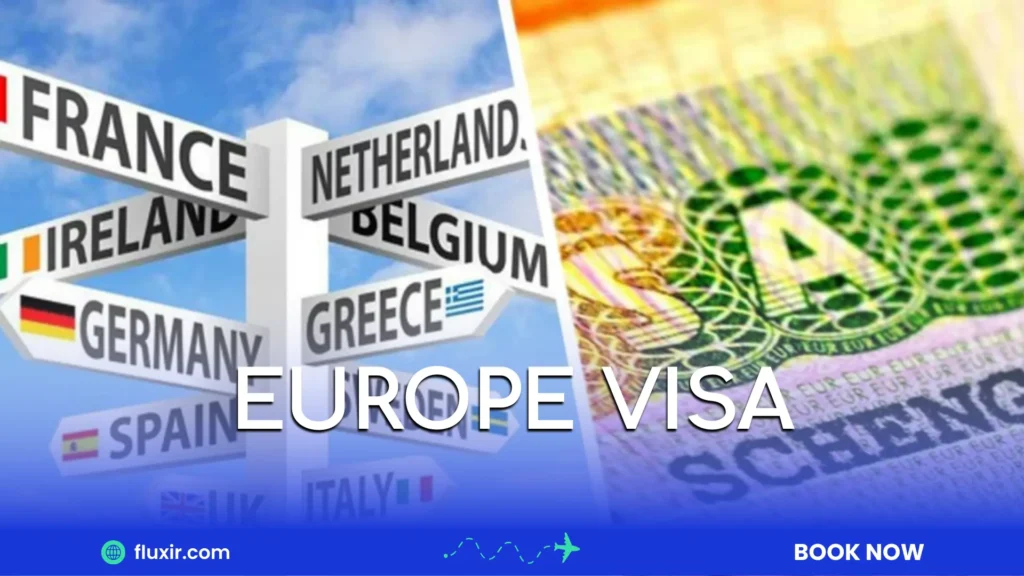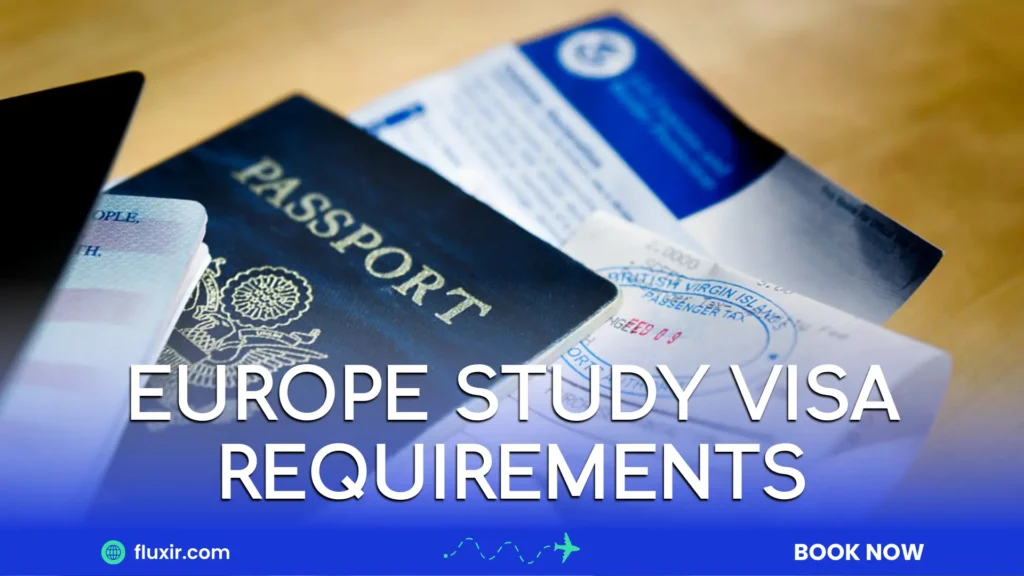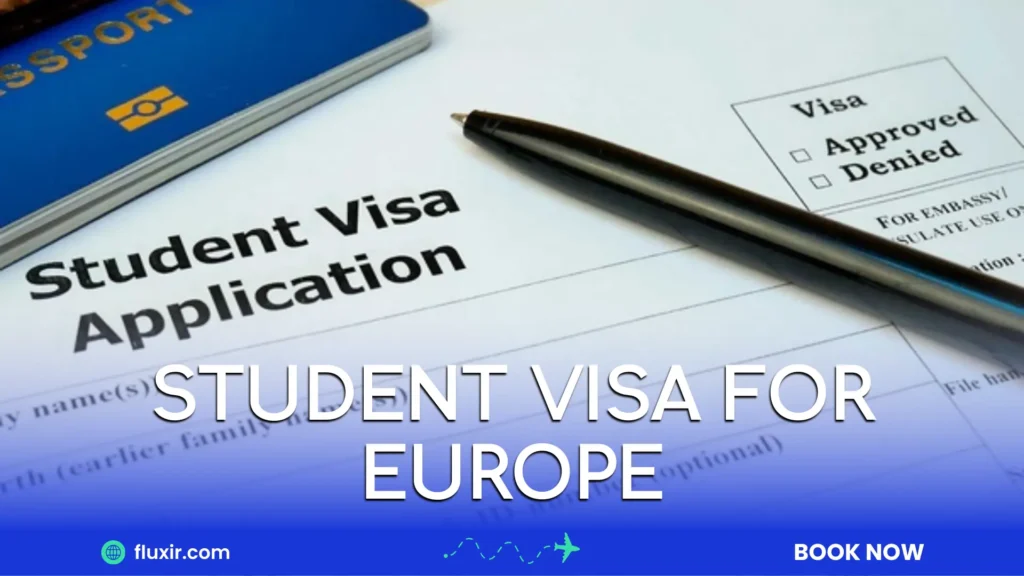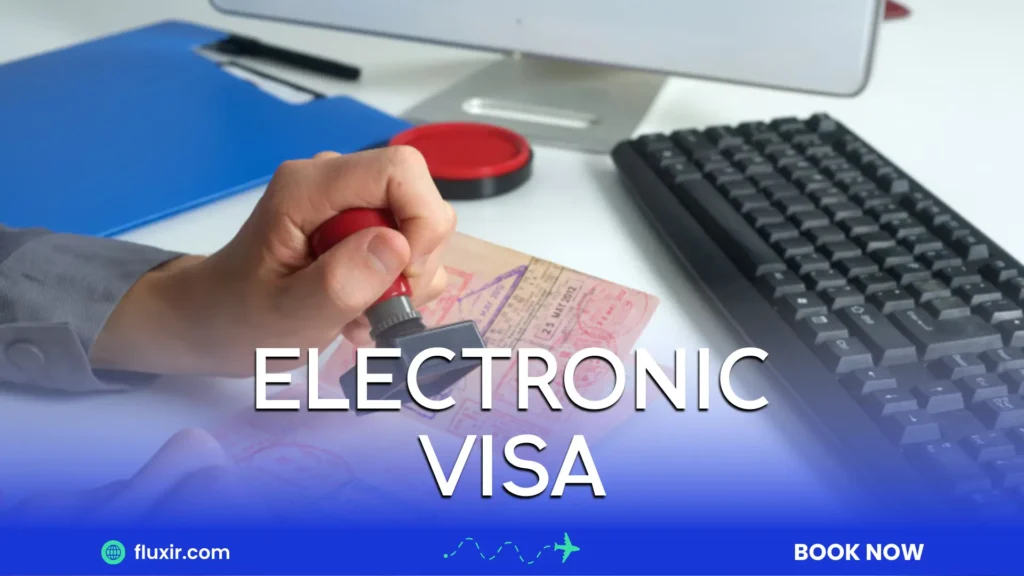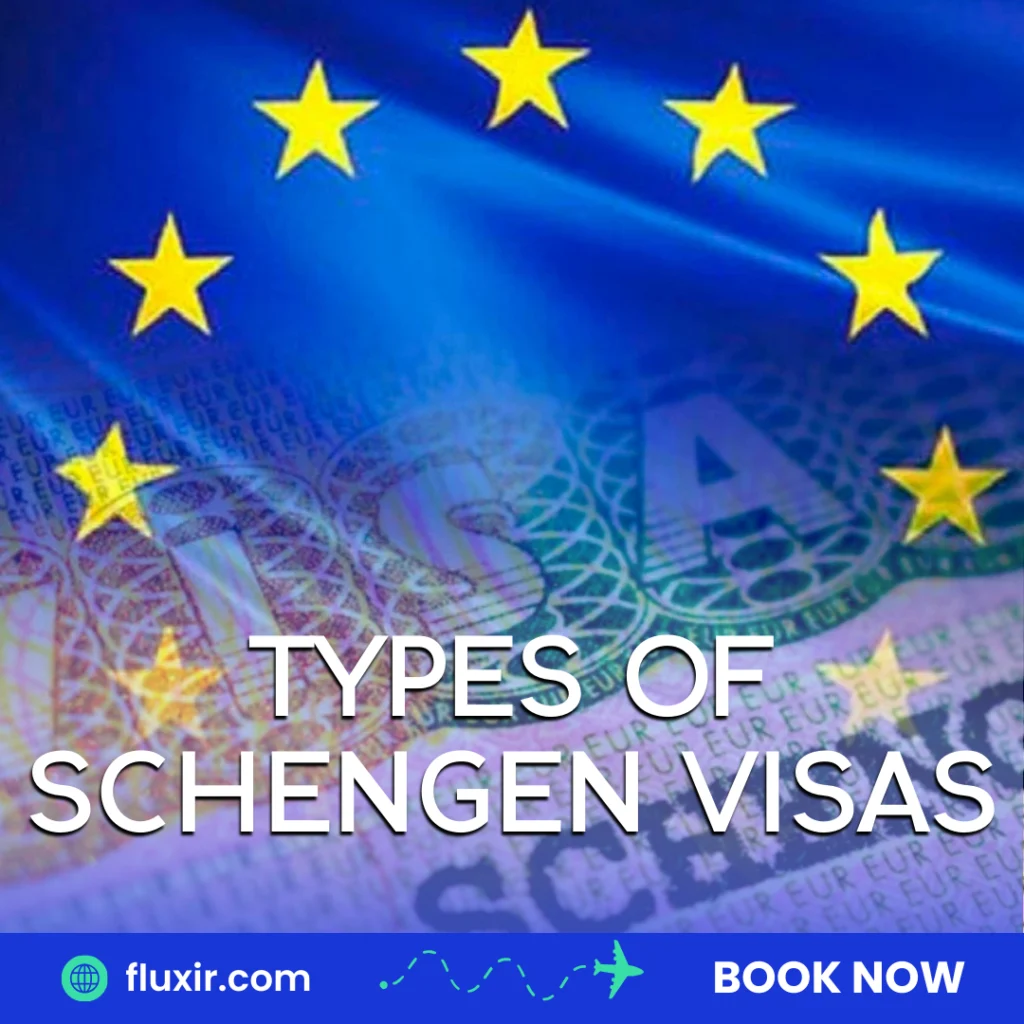Family Friendly Destinations in Europe: A Stress-Free Family Vacation With Fluxir
Family friendly destinations in Europe offer a mix of fun activities, cultural experiences, and easy accommodations for families of all sizes; If you’re thinking about taking a family trip to Europe, this guide will highlight some of the best cities to visit and give you practical travel tips to make the experience smoother. Top family friendly destinations in europe There’s no shortage of amazing family friendly destinations in Europe; Whether you’re looking for historical landmarks, nature adventures, or amusement parks, Europe has it all. Barcelona City in Spain Barcelona is a great spot for families, with its combination of sandy beaches, beautiful parks, and family-friendly attractions; You can explore the whimsical architecture of Gaudi’s Sagrada Familia, stroll through the vibrant La Rambla, or let your kids run around in the Parc Güell. The beach offers plenty of space to relax, while local markets provide an authentic taste of Spanish food. Copenhagen City in Denmark Copenhagen is one of the most family-friendly cities in Europe; It’s safe, easy to navigate, and full of activities for children; You can visit the famous Tivoli Gardens, one of the oldest amusement parks in the world, or take a boat tour around the city’s canals. Copenhagen is also home to the Copenhagen Zoo, which is great for kids who love animals. Rome City in Italy Rome offers both historical sights and modern attractions that the whole family can enjoy; Visit the iconic Colosseum and Roman Forum, where your kids can learn about ancient history in a fun and interactive way. The Vatican Museums are another family-friendly stop, offering educational tours and activities for younger visitors, and don’t forget to enjoy authentic Italian pizza and gelato while you explore. Amsterdam City in Netherlands Known for its beautiful canals and family-friendly atmosphere, Amsterdam is a wonderful destination for a family vacation; The Van Gogh Museum and Anne Frank House are great for older kids, while younger children will enjoy a visit to the NEMO Science Museum, a hands-on experience that makes learning fun. The city’s parks, such as Vondelpark, are also perfect for family picnics and bike rides. Paris City In France Paris is not just for couples, it’s also an ideal destination for families. Kids will love exploring the magical Disneyland Paris, while parents can enjoy the iconic sights like the Eiffel Tower, the Louvre, and the beautiful gardens of Jardin des Tuileries. Paris is full of playgrounds, and many museums offer free entry for children, making it an affordable option for families. Travel Tips for when choosing family friendly destinations in europe Here are a few tips to ensure that your family vacation in Europe goes smoothly: Choose family attractive destinations in Europe Choosing attractions that cater to different age groups will make your family vacation more enjoyable. Look for museums, parks, and attractions that offer interactive exhibits or child-friendly activities. In addition to well-known spots like amusement parks or museums, explore local markets or lesser-known parks for a unique experience. Search for appropriate Accommodation Many cities in Europe offer family-friendly hotels or Airbnb rentals that come with extra amenities for kids, such as family suites, kitchenettes, or play areas. Opt for accommodations with central locations, so you don’t have to spend too much time traveling between attractions; Booking in advance will also ensure that you get the best deals. Visa Requirements for Families Traveling from the Middle East If you’re traveling from the Middle East, it’s important to check the family friendly destinations in Europe that have the easiest visa requirements for families. While the requirements may vary from country to country, many European nations participate in the Schengen visa system, which allows travelers to visit multiple countries on a single visa. Key Visa Requirements for most family friendly destinations in europe: Passport: Your passport should be valid for at least three months beyond your planned departure date. Visa Application: Each family member (including children) will need to submit a visa application. Proof of Accommodation: You will need to show where you will be staying during your trip, such as hotel reservations or Airbnb bookings. Financial Proof: You may need to provide evidence that you can financially support yourself and your family while in Europe, such as bank statements or a sponsor letter. Travel Insurance: Most countries require travelers to have travel insurance that covers medical expenses for the duration of your stay. Each European country may have different visa requirements, so it’s important to check the details for the specific country you plan to visit. How Fluxir Can Offer Visa Support and Travel Advice for Hassle-Free Family Trips? Fluxir can assist you every step of the way, providing tailored visa support and travel advice for families planning their trip to family friendly destinations in Europe. Fluxir offers up-to-date information about visa requirements for various European countries, helping you understand what documents you need to apply for a family visa. Along with visa assistance, Fluxir provides useful travel tips for families, including accommodation recommendations, transportation options, and must-see attractions. We understand that every family is different, so we offer personalized support to help you find the best family friendly destinations in Europe for your needs. Assistance with Travel Insurance: Fluxir advises on suitable travel insurance plans that meet visa requirements such as covering medical emergencies, trip cancellations, and unexpected situations, thus giving families peace of mind during their European journey. Expert Advice on Travel Planning: Beyond visa support, Fluxir team will also help families choosing the ideal travel dates, budget-friendly options, and itinerary recommendations, ensuring a seamless and enjoyable European vacation experience tailored to their preferences. In conclusion, it is clear that the abundance of family friendly destinations in Europe promise unforgettable experiences for families of all sizes; From cultural landmarks to exciting attractions, there’s something for every family to enjoy. By planning, understanding visa requirements, and taking advantage of Fluxir’s support, you can ensure that your family vacation goes smoothly from start to finish.


